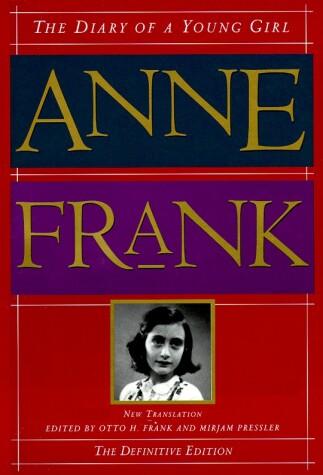Reviewed by clq on
In many ways it is an ordinary diary. It is written by a young girl, and it is about the kind of stuff any young person would be likely to write about: Seeking approval, conflicts with parents, growing up, love, and other subjects that would be on the mind of any teen. Naturally, even though this is a regular diary, it is far from normal. Anne Frank and her family are hiding from the Nazis, and know that they, and the people who helped them hide, will probably be killed if they are discovered.
It is fascinating to see how people adjust, and how life, even under tough circumstances, can still seem normal. One page talks about fear of dying, the next about dislike of algebra, followed by a note on how bombs are falling nearby, followed by how grown-ups are stupid.
It is also an historic document, and worth reading for the tragic reminder of how people were treated like anything but during the second world war.
The sense of normality is part of what makes this diary so powerful: it is a reminder how we are all alike. Regardless of ethnicity, religion, upbringing, and even circumstance, we are all human beings who deserve to be treated the same.
At the same time, Anne Frank shows no acceptance. She knows that the situation that is forced upon her is wrong, and she speaks of her hopes and ambitions for when the war is over. She refuses to accept the limitations society attribute to her as a Jew and as a woman. She wants to be the best person she can be, and she wants the world to be a place in which she can achieve this.
The Diary of a Young Girl is as essential as I thought it would be, and is well deserving of the position it has as a must-read book in the context of the second world war.
Reading updates
- Started reading
- 20 July, 2014: Finished reading
- 20 July, 2014: Reviewed
